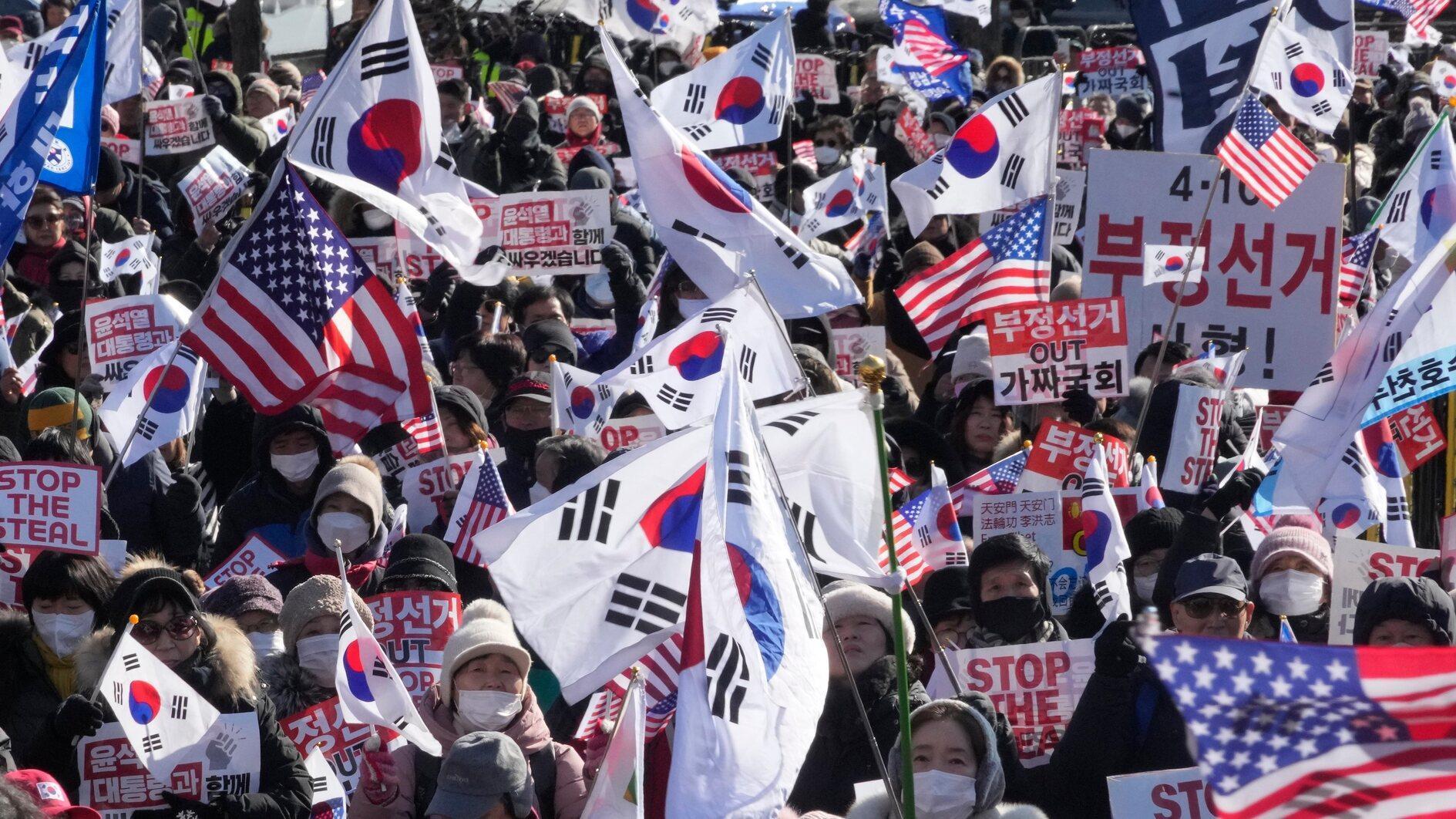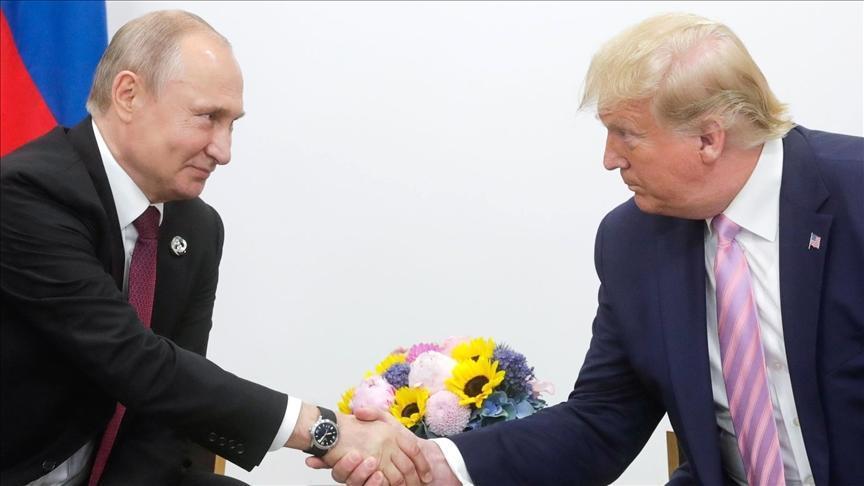Between ‘the raiders of the lost ark’ and ‘tomb raider’
Turkey woke up to the week with a surreal story: The Turkish Armed Forces with 39 tanks, 44 armored and 17 other vehicles, 542 soldiers, 19 F16s, two AWACs and two UAVs moved 40 km into Syrian territory, recovered the remains of Süleyman Shah, the supposed grandfather of Osman I, the founder of the Ottoman Empire, together with 38 soldiers honoring his tomb, and brought them back to Turkey for safekeeping. The remains were moved for the third time in one century. The fact that all this took place in a territory ravaged by a civil war and continuing savagery, without firing a shot made it more unbelievable.
Yet, this is what happened and it has temporarily sidelined, at least in Turkey, the cruel videos, distributed on the Internet by the Islamic State of Iraq and the Levant (ISIL), of beheadings and burning of captives. One needs to look further to make sense of this macabre scene.
The growing control of ISIL in the region and the resulting chaos has been forcing international actors to look into the issue more closely. And thus came the airstrikes from the U.S.-led coalition to support Kurdish groups fighting ISIL on the ground in Syria. According to the Pentagon, the coalition forces have conducted more than 1,500 sorties and hit more than 3,000 targets by the end of January.
In addition to the air strikes, the U.S. has been trying to put together a coalition of willing to train and equip fighters to oppose ISIL forces on the ground. Saudi Arabia, Qatar and Jordan had already agreed to this. Finally Turkey, after months of negotiations, agreed on Feb. 19, to join the group and start training Syrian opposition groups next month in a base in Central Anatolia.
Despite the agreement, Turkey and the U.S. do not yet see eye-to-eye concerning Syria: Turkey insists on naming the Bashar al-Assad regime as the main target, while the U.S. prefers focusing on the ISIL threat first. Turkey’s earlier demands to create a buffer zone and a no-fly zone in Syria have not been on the agenda for some time.
Both countries seem to hope that those trained and equipped by the coalition will behave according to their wishes. History tells us otherwise: Look at the Taliban and al-Qaida.
The agreement and the recent Turkish “rescue” operation in Syria are signals that Turkey is cautiously, if not completely, shifting its priorities in the Middle East. The fact that Turkey had to coordinate with the forces of the Democratic Union Party (PYD), the Syrian Kurdish faction, on the ground to stage the operation speaks volumes.
Turkey’s aim was to secure its soldiers, surrounded in the tomb site by ISIL forces, and thus avoid a possible repetition of the hostage crisis after ISIL militants captured 49 Turkish Consulate staff in Mosul on June 11, 2014. The tomb and soldiers guarding it could have become easy targets for the ISIL militants after Turkey began implementing its agreement with the U.S. to train and equip forces against them. So, the operation provided a maneuvering space for Turkey, even if its legal dimension is problematic and politically messy for the government.
Though the air strikes and resistance of Kurdish groups in northern Syria have made some progress in pushing back ISIL forces, it is still a formidable force controlling a large territory, sufficient enough to build a Sunni state in Iraq and Syria.
The long-term U.S. strategy is not clear yet. In the months ahead, it is banking on Kurdish fighters, a regrouped Iraqi army, and Syrian opposition groups to be trained and equipped to weaken ISIL. Yet, it is clear that these will not be sufficient to finish off ISIL altogether. The future looks rather bleak in Syria and precarious in Iraq.
So, what is the long-term strategy of the U.S. and its preferred end-game in the Middle East? How about four new states?











